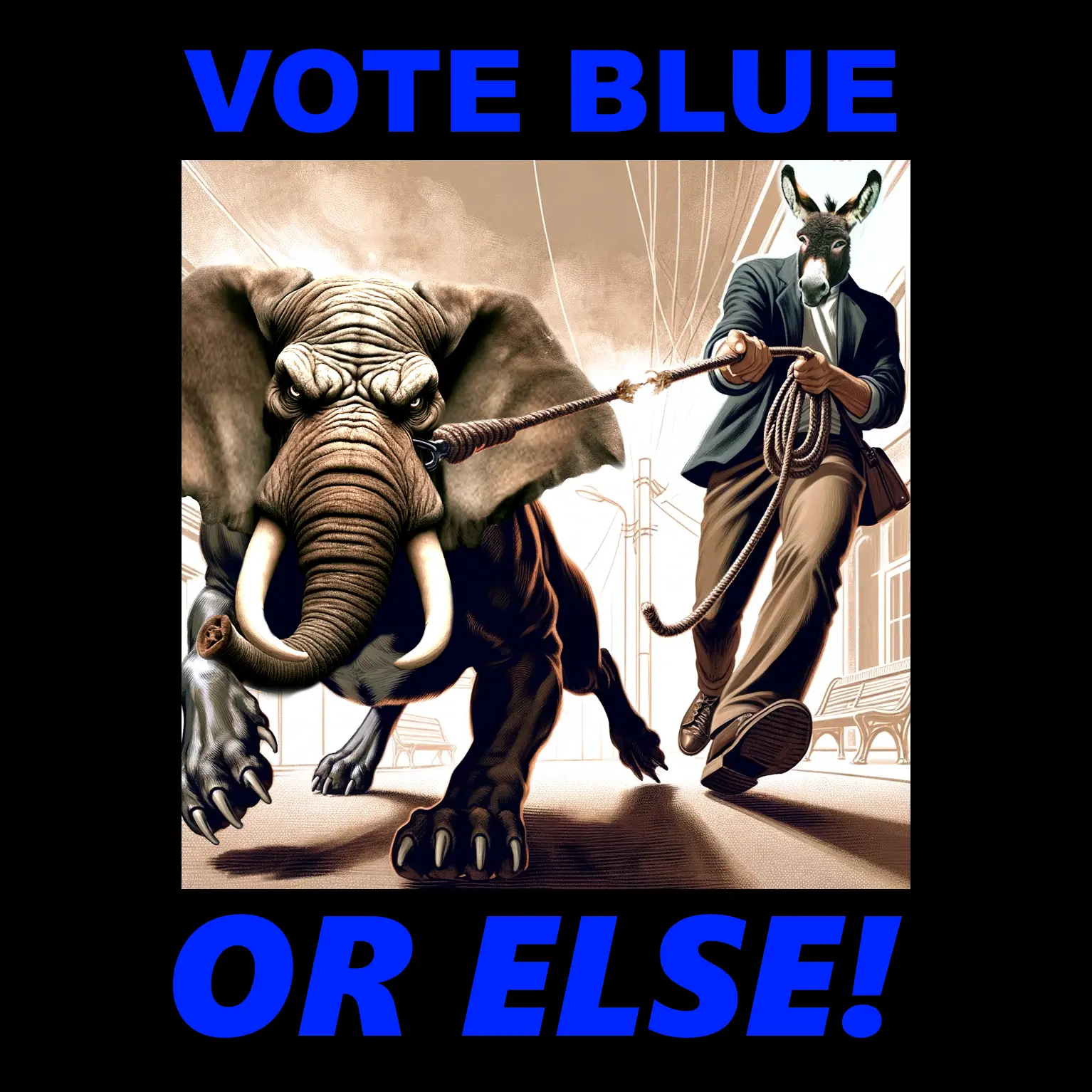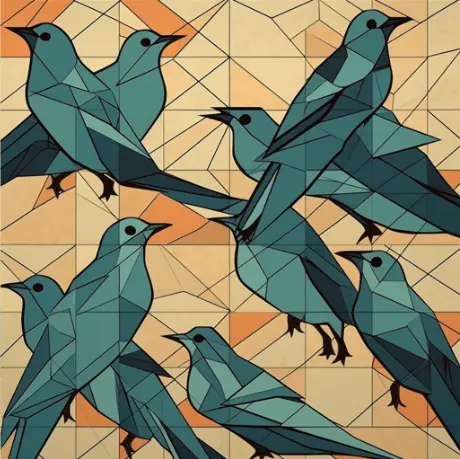"Crucial Conversations: Tools for Talking When Stakes Are High" is a book that offers guidance for handling difficult conversations when stakes are high, emotions run strong, and opinions vary. Here is an outline of the main techniques and philosophies:
-
Start with Heart: Focus on what you really want from the conversation. Stay focused on your goals, and don’t get distracted by anger or fear.
-
Learn to Look: Pay attention to when a conversation becomes crucial. Watch for signs of fear or anger, and notice when people move towards silence or violence.
-
Make It Safe: When emotions run high, safety is threatened. Restore safety by finding common ground, apologizing when needed, and showing respect.
-
Master My Stories: Understand that emotions don’t just happen but are created by stories. Separate fact from story to understand your feelings.
-
STATE Your Path:
- Share your facts (Start with facts, as they are least controversial).
- Tell your story (Explain what you think the facts mean).
- Ask for others' paths (Encourage others to share their viewpoint).
- Talk tentatively (Express your story as your viewpoint, not absolute truth).
- Encourage testing (Encourage others to express differing viewpoints).
-
Explore Others' Paths: Engage in active listening, ask questions to understand the perspective of others, and respond with empathy.
-
Move to Action: Clearly decide who does what by when and follow up. Ensure expectations and boundaries are clear.
-
Create a Pool of Shared Meaning: Encourage everyone to openly and honestly express their opinions to create a shared understanding.
-
Mutual Respect and Mutual Purpose: Maintain an attitude that respects others, even if you disagree with them, and seek shared goals for productive dialogue.
-
Contrasting: If others misunderstand or feel attacked, use contrasting. Explain what you don't intend and clarify what you do intend.
-
Avoid the Fool's Choice: Don’t believe that you have to choose between telling the truth and keeping a friend. Balance candor and kindness.
-
Use Four Listening Tools:
- Ask: Encourage others to share their views.
- Mirror: Reflect feelings and meanings to show understanding.
- Paraphrase: Repeat what you’ve heard to confirm understanding.
- Prime: Offer your interpretation if others hold back.
"Crucial Conversations" doesn't just provide a toolkit for managing high-stakes conversations; it emphasizes a philosophy of empathy, respect, and open dialogue that honors the dignity and worth of each participant. It offers a way to approach essential conversations with the clarity, compassion, and courage needed to foster true understanding and effective collaboration.
The integration of "Crucial Conversations" into Project Murmuration is a seamless and natural union of principles that emphasizes human connection, empathy, and communication. Both the methodologies advocated by authors Joseph Grenny, Ron McMillan, Al Switzler, and Kerry Patterson, and the core principles of Project Murmuration are founded on the understanding that open dialogue and participatory decision-making are essential for collective well-being.
"Crucial Conversations" teaches methods for approaching dialogue when stakes are high and opinions differ. These methods focus on creating a safe environment for conversation, finding shared goals, and fostering mutual respect. These principles dovetail elegantly with Project Murmuration's goal to create a space where every voice matters, and collaboration is the key to success.
Project Murmuration strives for cooperative innovation and shared well-being. The application of the principles from "Crucial Conversations" within the framework of Project Murmuration not only enhances but enriches the dialogical space, encouraging a more profound understanding and empathy between participants.
For example, Project Murmuration's emphasis on collective decision-making is reinforced by the "Crucial Conversations" approach to finding shared goals. By focusing on what connects rather than what divides, decisions can be made that honor the perspectives and needs of all involved.
The call within "Crucial Conversations" to foster an environment where it's safe to express thoughts and feelings aligns perfectly with Project Murmuration's mission to create inclusive spaces. In these spaces, individuals feel empowered to share, connect, and contribute without fear of judgment or retribution.
Moreover, the continuous learning and growth advocated by "Crucial Conversations" resonates with Project Murmuration's dynamic approach to adaptation and improvement. By embracing a mindset that sees every conversation as a learning opportunity, the project nurtures a culture that is responsive, reflective, and perpetually evolving.
The integration of "Crucial Conversations" into Project Murmuration is a congruent merging of philosophies that naturally complement each other. By weaving the wisdom of "Crucial Conversations" into the fabric of Project Murmuration, a vibrant and harmonious community can be fostered, where dialogue transcends mere words and becomes a pathway to mutual understanding, cooperation, and innovation. This integration is more than just a logical alignment of ideas; it's a reflection of a shared vision that recognizes the profound value of human connection and the potential for collective wisdom.









4chan back before the Nazi takeover was like the wild west. My favorite part was "Lithursday," when we would share images with embedded PDFs of copyrighted content, including rare books, anarchist materials, and military manuals. I often wonder if those unusually large .jpgs are still floating around the internet waiting to be unlocked. I also saw legitimate acts of activism and terrorism unfolding live, without the interpretation and propaganda of the state.